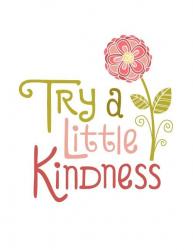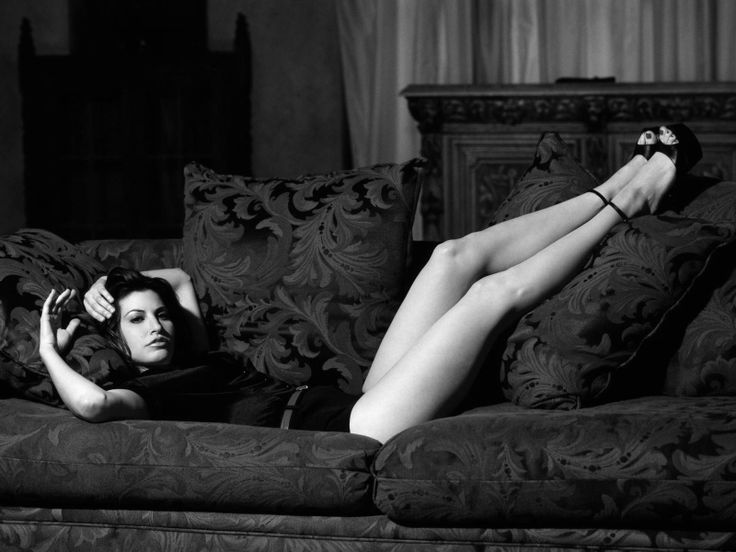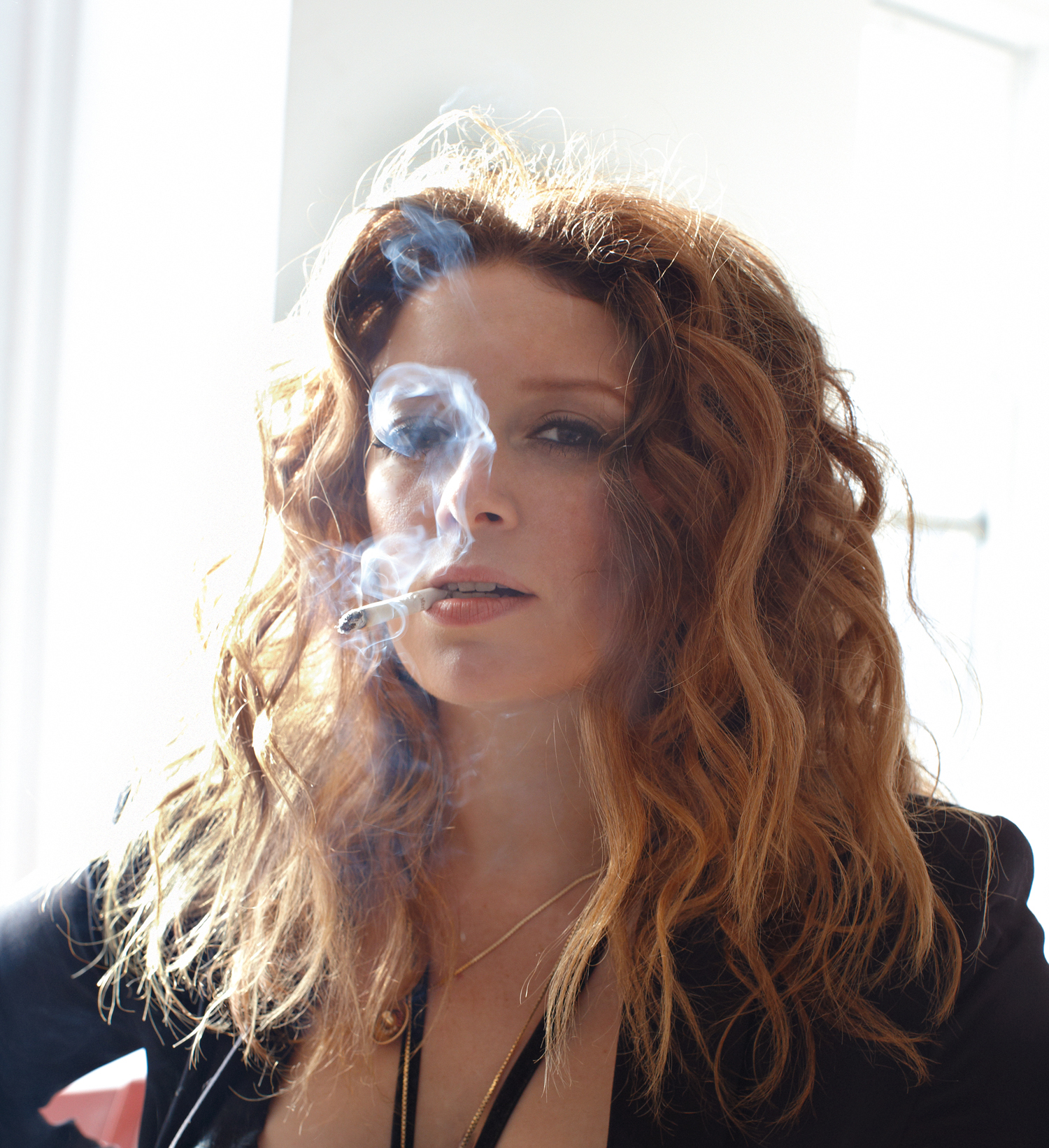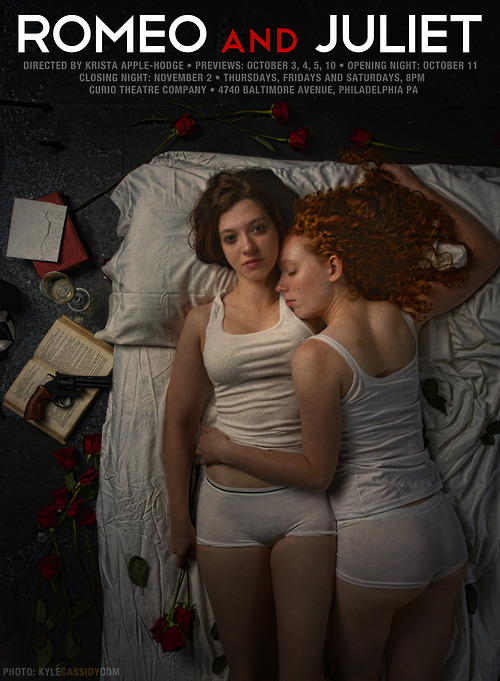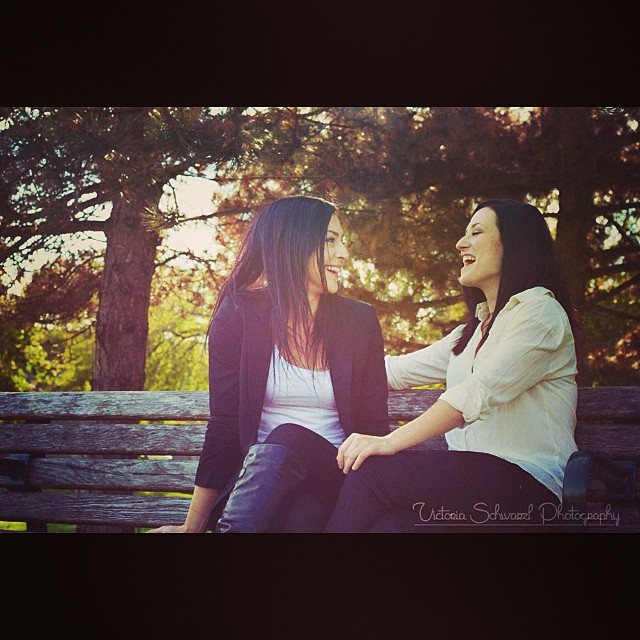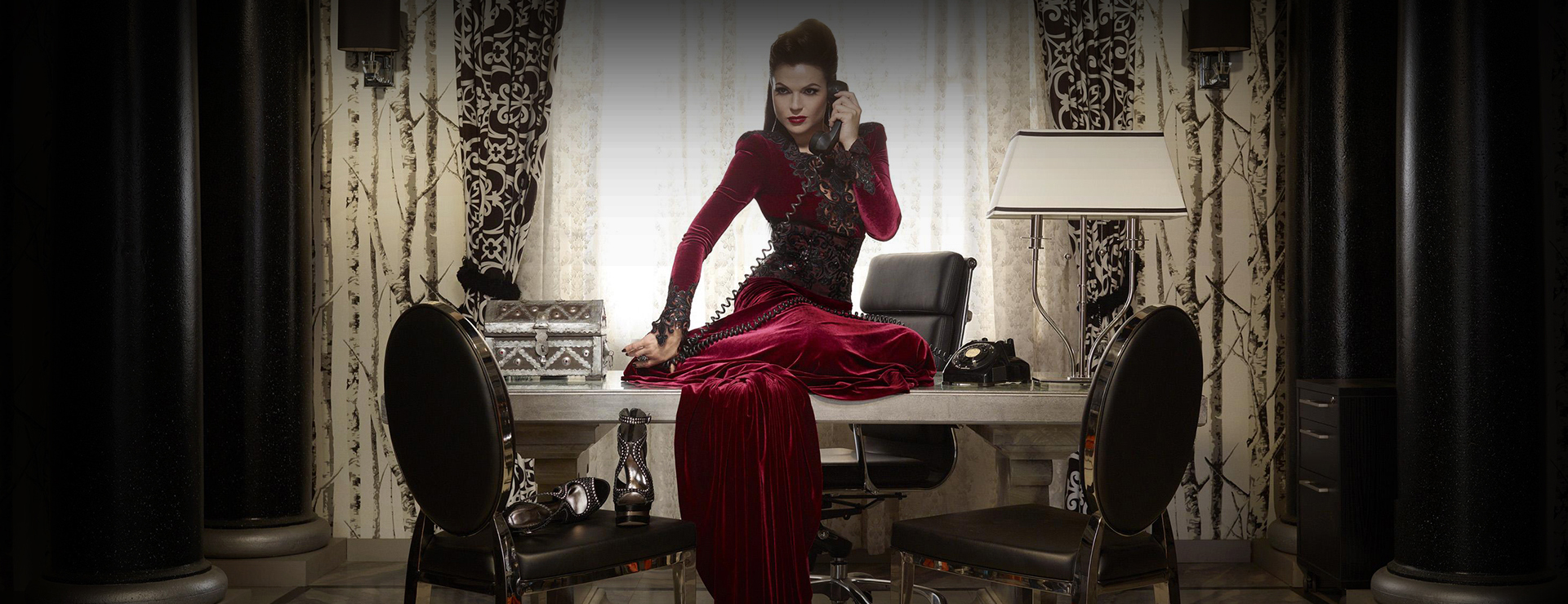In any storytelling medium, there will be the official representation of the story—and then there will be all of its fans. Fans meet up with other fans to discuss what they love, and why they love it, and this creates a culture around the official story that is usually separate from the professional creators. Keeping this boundary up is understandable. Each fan will have a different interpretation of the story, and even be moved by inspiration and enjoyment to write stories and draw illustrations based on the stories they love. This is done without profit, and all the other fans would know that it’s an unofficial extension of the story—but, legal quibbles aside, many official creators naturally find permutations of their artistic vision… just plain awkward.
The world of fan-created works, even of fan discussions, is a wild place. Fans can infer potential romantic connections between characters that the original creators might not ever consider artistically, never mind how much financial, cultural, and legal opposition they would meet if they had such a vision and tried to bring it to life.
I’m referring, of course, to what some fans call HoYay: “homoeroticism, yay”.
Enter Edward Kitsis and Adam Horowitz, creators of the television show Once Upon A Time. As the title suggests, this show is their own interpretation of fairy tales. Far more mature themes are added, and I mean mature as in emotionally mature: how parental neglect, abandonment, and emotional abuse of their children can cast shadows long into adult life, for instance. Many genre subversions are celebrated, particularly subversions of binary gender roles in fairy tales. This has effectively created a story setting wherein women are front and center, as heroes or villains, with a few men to serve as love interests or get rescued by the female heroes.
Fans of all genders and orientations saw some HoYay between the female main characters, notably the long-lost princess Emma Swan and the evil Queen Regina. Fans dubbed the pairing “Swan Queen”. For those active enough in fan subculture not to clutch the pearls, this is par for the course, at most spurring a Swan Queen fan to pose an awkward question to the creators at fan conventions.
Do I keep saying awkward? Excuse me, I meant awesome. It’s rare that professional creators and cast members allow themselves to attune quite as much with those in the subculture formed around their work, as the creators and cast of Once Upon A Time. Jennifer Morrison, the actress who plays Emma Swan, has taken to fan subculture language like a cygnet to water. She tweets, “I love all the ships” —fan slang for pairings of fictional characters, or relationships— “surrounding Emma: swanfire, captainswan, and swanqueen”. Lana Parilla, the actress who plays Queen Regina, has expressed similarly unprejudiced appreciation for the fans of her character. Even answering in the negative as to whether a Swan Queen romance is an element in the show and not just fan interpretation, the creators answered with more insight into their characters’ personality dynamics and history—rather than displaying any hostility towards HoYay as a concept.
In America, where most of the professionals involved with the show reside, gay rights and even gay representation in entertainment media is a highly charged social issue. Would the writers of Once Upon A Time ever go there? How about: They already have. Their interpretation of Disney princess warrior Mulan had a scene depicting her romantic devotion to Princess Aurora. On a personal note, these weren’t characters that I was particularly interested in before or after this development, and I have a long and unfavorable analysis of its clumsy execution that’s best left for another article. I will voice my suspicions, however, that this came to pass as a nod to the vocal fans of Sleeping Warrior (that’s the affectionate fan term for Sleeping Beauty, or Aurora, romantically paired with Mulan the Warrior.)
The show is now in the middle of its third series, and the relationship between Emma and Regina has drastically changed from the antagonism that started it all. Emma and Regina have now fought shoulder-to-shoulder, have seemingly given up going for each other’s throats, and their scenes together lately have been warm with understanding. These characters’ respective potential male love interests remain, both generally likable characters in their own rights, but still in potential with no commitments made onscreen yet. Shall Swan Queen grace the screen in a future series, rather than remain in-between the show and the viewer, or only in the viewer’s minds? We shall see. If it doesn’t happen, that anyone working on this was ever personally averse to the concept would be the last reason I would consider.
Fans of same-sex pairings had a dubious luxury of not being targeted as overtly as “official” media, for any deviation from the heteronormative—because we’re just the audience. Casual viewers can enjoy the story without involving themselves with other fans, or even particular kinds of other fans, and the creators don’t ever have to notice anything from the audience but money. Nevertheless, I consider this all a shining example of how influence in media has the potential to no longer be a one-way flow all the time. Many actors, writers, and various other storytellers are able to converse with the audience through social networks and commenting platforms. What more, creators can be willing to listen, and recognize as valid how anything from their creation is interpreted or simply enjoyed.
As I have said before I love all of the ships surrounding Emma: swanfire, captainswan, and swanqueen.
Morrison, J. Tweeted – https://twitter.com/jenmorrisonlive/statuses/414153162103074816
